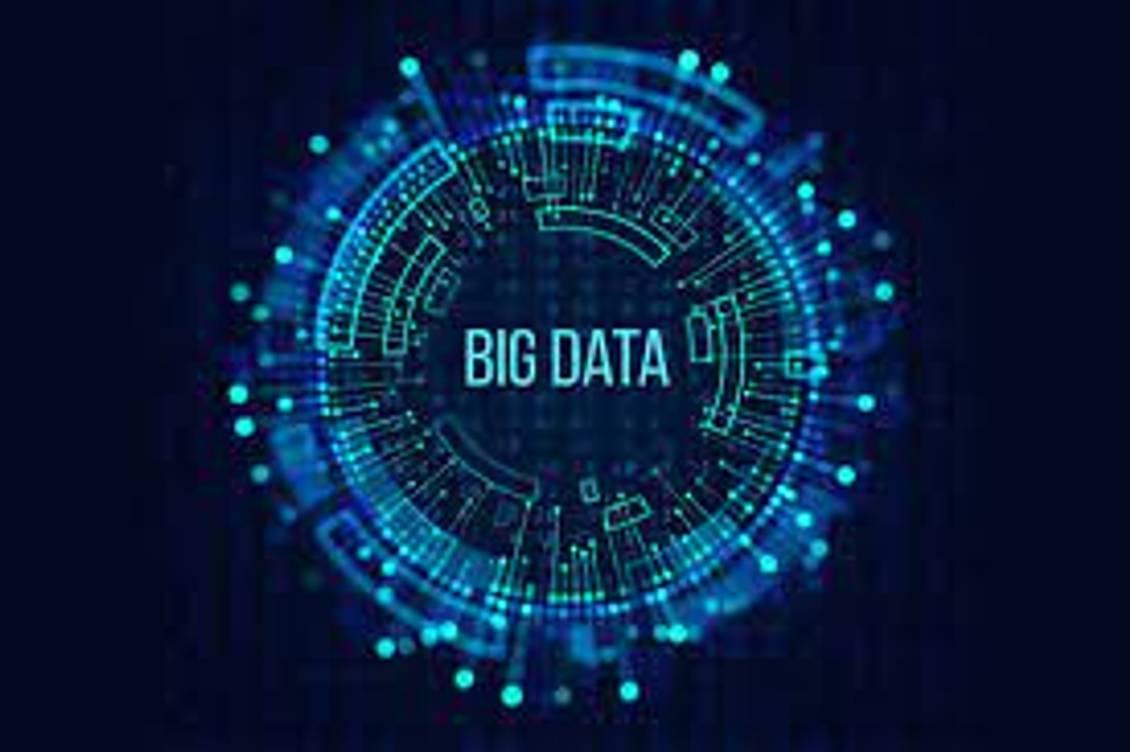
Big Data
Author: Aditya Dusange
Date: October 07, 2022
BIG DATA
The definition of big data is data that contains more variation, arriving in ever greater amounts and faster. It is also known as three vs.
Simply put, big data is larger and more complex data sets, especially from new data sources. These data sets are so large that traditional data processing software simply cannot manage them. But these massive amounts of data can be used to solve business problems you couldn't solve before.
Big data use cases:
- Product development
- Predictive maintenance
- Fraud and compliance
- Machine learning
- Operational efficiency
Big data challenges:
Although big data holds many promises, it is not without its challenges.
First, big data is... big. Although new technologies have been developed to store data, the amount of data doubles approximately every two years. Organizations still struggle to stay on top of their data and find ways to store it effectively.
But simply storing data is not enough. Data must be used for value and depends on treatment. Clean or customer-related data organized in a way that allows for meaningful analysis requires a lot of work. Data scientists spend 50 to 80 percent of their time curating and preparing data before it can be used.
Finally, big data technology is changing rapidly. A few years ago, Apache Hadoop was a popular technology used to process big data. Then Apache Spark was introduced in 2009 Today, a combination of these two frameworks seems to be the best approach. Keeping up with big data technology is a constant challenge.
How big data works:
Integrate: Big data aggregates data from many different sources and applications. Traditional data integration mechanisms such as extract, transform and load (ETL) are generally not up to the task. This requires new strategies and technologies to analyze large data sets at the scale of grains or even petabytes.
Manage: Big data requires storage. Your storage solution can be in the cloud, on-premise or both. You can save your data in any format and import the desired processing requirements and necessary processing engines into these data sets on demand. Many people choose their storage solutions based on where their data currently resides. The cloud is gradually gaining popularity because it supports your current computing requirements and allows you to run resources as needed.
Analyze: Your big data investment pays off when you analyze and act on your data. Gain new clarity through visual analysis of your various data sets. Explore the data further to make new discoveries. Share your findings with others. Create data models using machine learning and artificial intelligence. Put your knowledge to work.